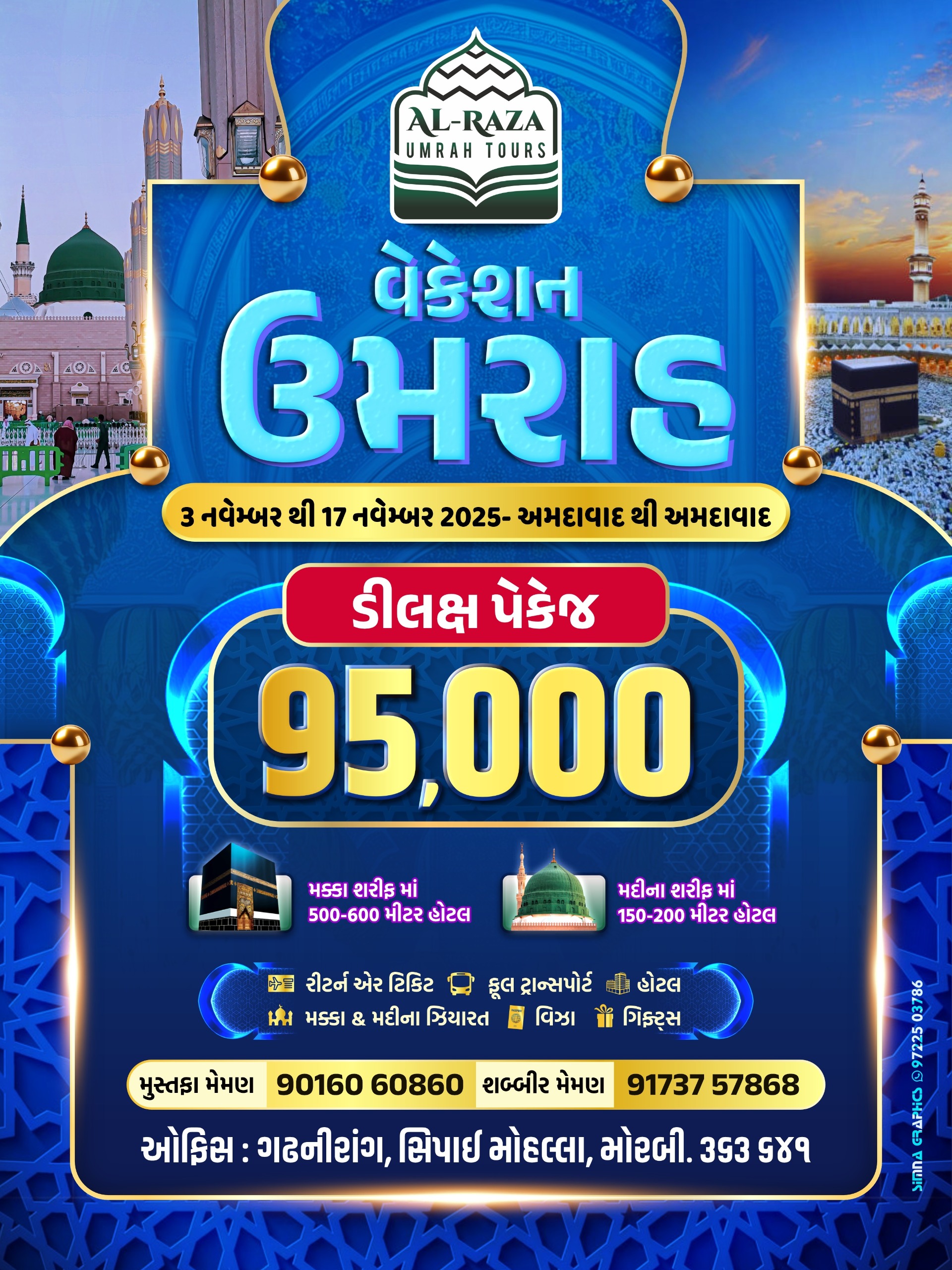Religious landmarks
Factory of Kaaba Kisw
The Kiswa factory dates back to 1397 AH. It makes the cloth that covers the Holy Kaaba. Workers take care of all the production stages, such as testing the quality of the silk, dyeing, weaving, embroidery, and assembly. The factory provides housing for around 200 craftsmen.
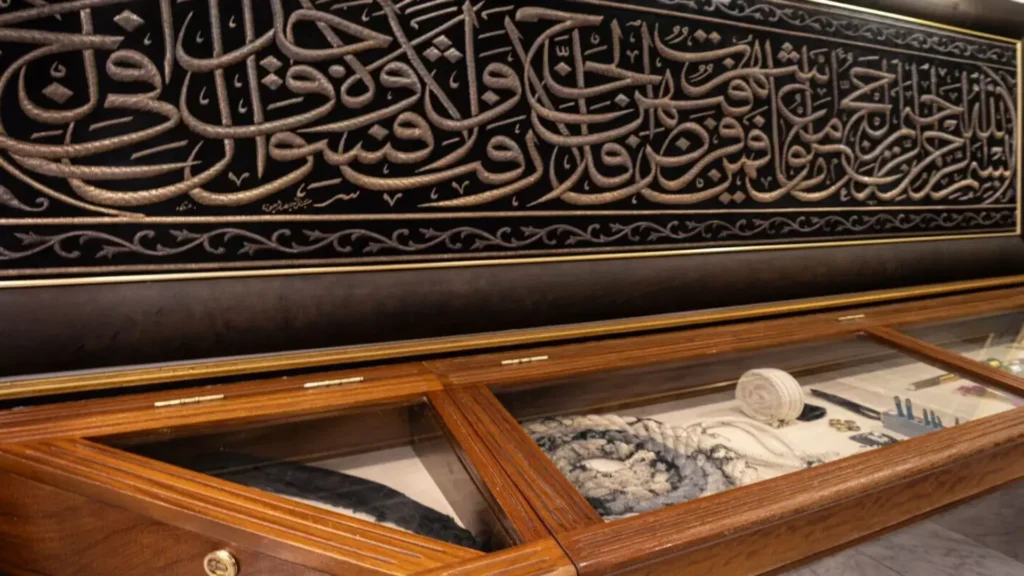

Makkah Museum
Previously known as Al Zaher Palace, the 3,435 sqm museum reflects the teachings of the Quran and the Prophet’s traditions. It is home to a wide range of archaeological findings in the Kingdom that showcase the rich history of pre-Islamic Arabia and the origins of Islamic calligraphy.
Zamzam well
Only 20 metres away from the Holy Kaaba lies a well at a depth of about 13.5 metres. It carries clean water which is abundant in rich minerals that are useful for the body. It has been flowing for thousands of years and has not dried up yet. As per Islamic belief, the well is a miraculously generated source of water.

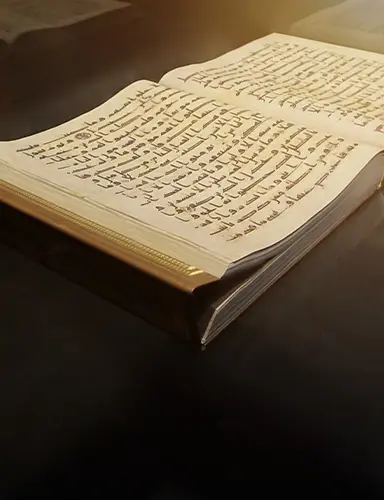
Holy Quran exhibition
Want to know more about the history of the Holy Quran? This stunning gallery introduces visitors to the content of the Quran using advanced technologies. Scientific material on the content of the Quran is collected and verified, and then it is expressed using artistic creations. The most popular exhibit is the embroidered Quran.
Ghar Thawr
A historic site of great religious significance, Ghar Thawr is located in Jabal Thawr which is about 4 kilometres away from the Grand Mosque. It is believed that Prophet Muhammad (PBUH) sought refuge in this cave for a few days when he was migrating to Madinah from his pursuers. The cave is actually a hollow rock which is 1.25 metres high and has two openings. The Prophet is said to have entered from the opening in the west and you can see the Grand Mosque and the Holy Kaaba from the opening in the east.


Makkah Al Mukarramah library
One of the most important libraries in Islamic history, which is located at the birthplace of Prophet Muhammad (PBUH). It houses more than 350,000 rare books and manuscripts, making it a prominent landmark in Makkah.
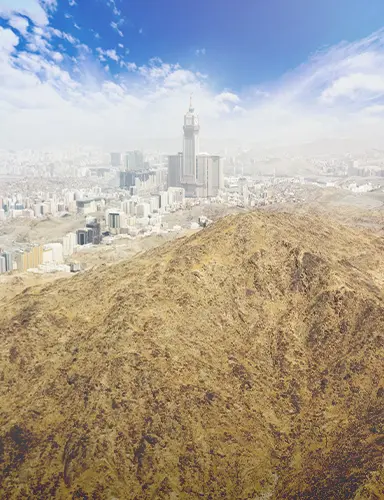
Mount Abu Qubays
According to Islamic references, Mount Abu Qubays is believed to be the first mountain on Earth. It is also said that the black stone in front of the Kaaba was collected from this mountain. Don’t miss out on the chance to visit this very significant landmark.
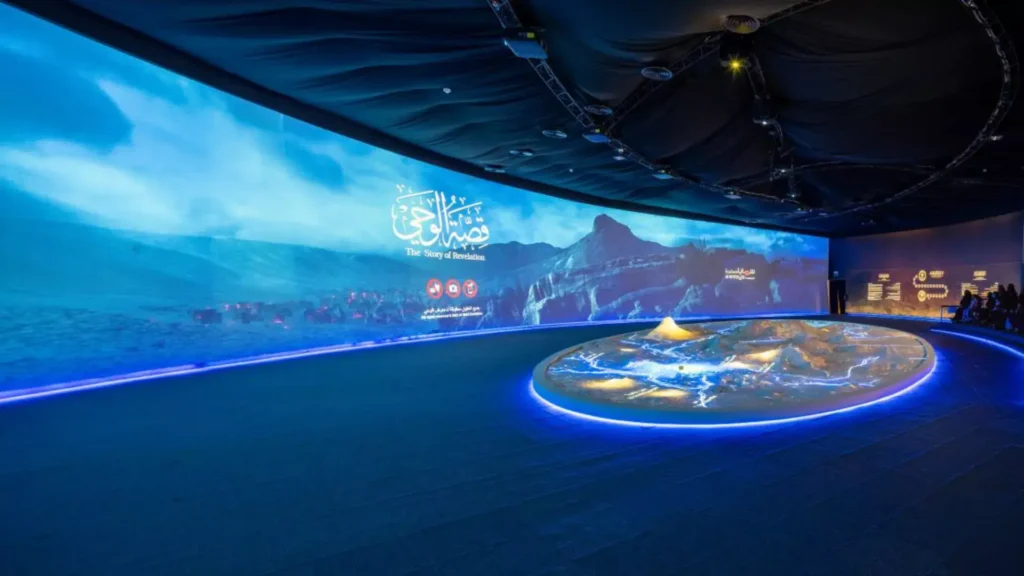
Hira cultural district
Situated close to the landmark of Makkah, Hira cultural district offers an enriching experience, inviting visitors on a journey through culture, history, and entertainment, while preserving the essence of the past.
Miqat Mosque
Located 14 kilometres from the Prophet’s Mosque, this mosque was built by the Caliph Umar bin Abdulaziz when he was the prince of Madinah and went through various renovations during both the Abbasid and Ottoman eras. Today, the mosque can accommodate roughly 5,000 worshippers and consists of two corridors separated by a wide-open space.
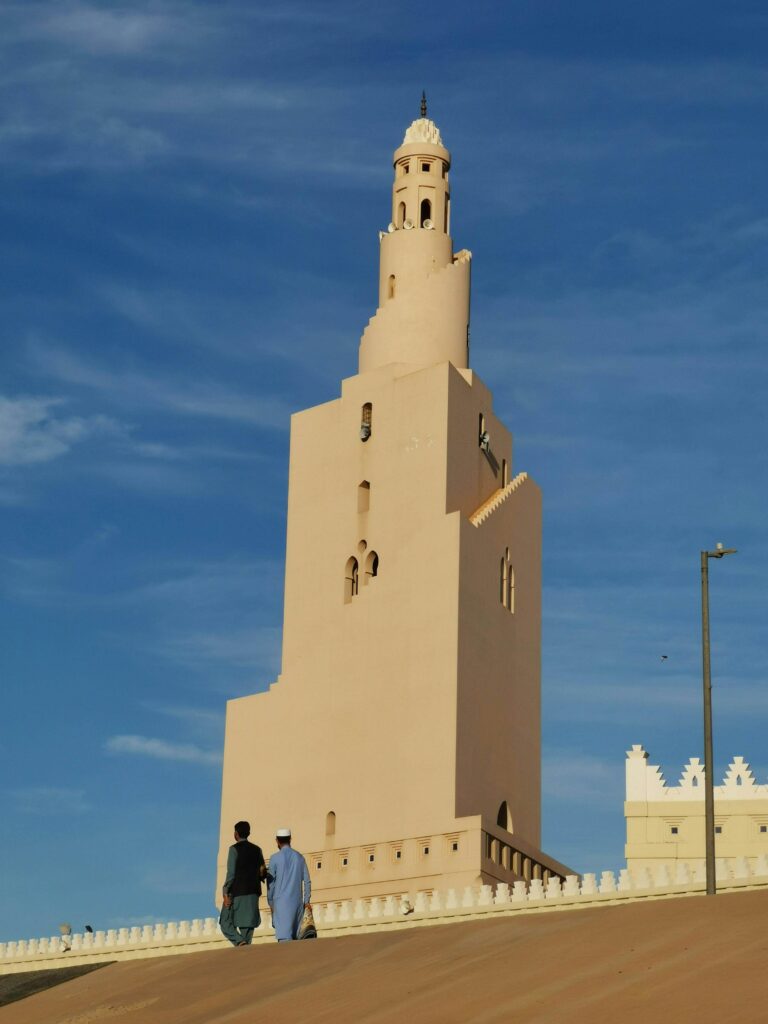
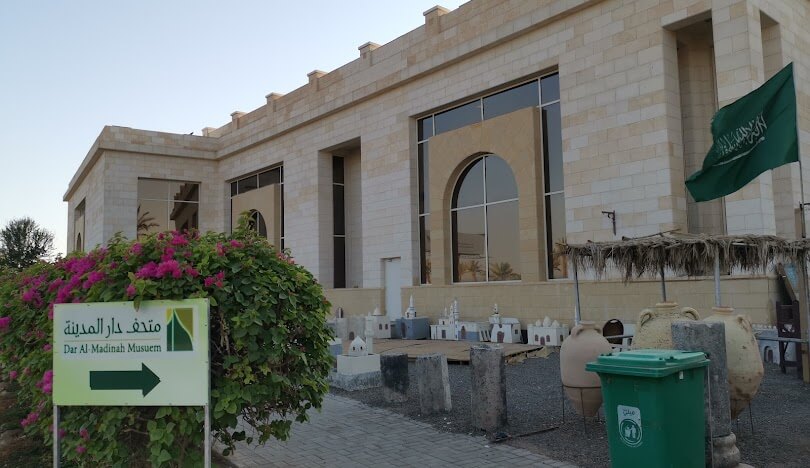
Dar Al Madinah Museum
Deep dive into the civilisational history and Islamic culture during your trip to Madinah. The museum features an exhibition on the biography of Prophet Muhammad (PBUH) and a collection of historical Islamic artefacts, ancient manuscripts and valuable documents.
The Beautiful Names of Allah Gallery
Gear up for an unforgettable experience of seeing the beautiful names of Allah in 3D effects. The exhibition adopts the latest advanced technology and features various halls, including the Panoramic Exhibition Hall, the Glorification and Reverence Hall, and the Love and Modesty Hall.

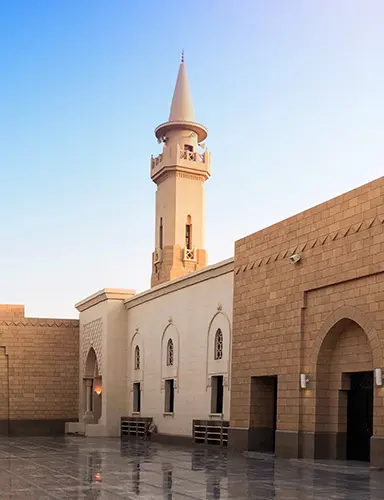
The seven mosques
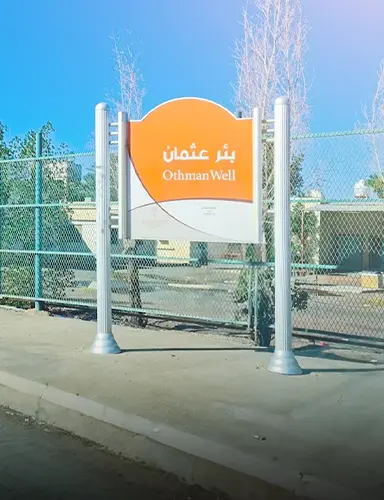
Othman’s well


